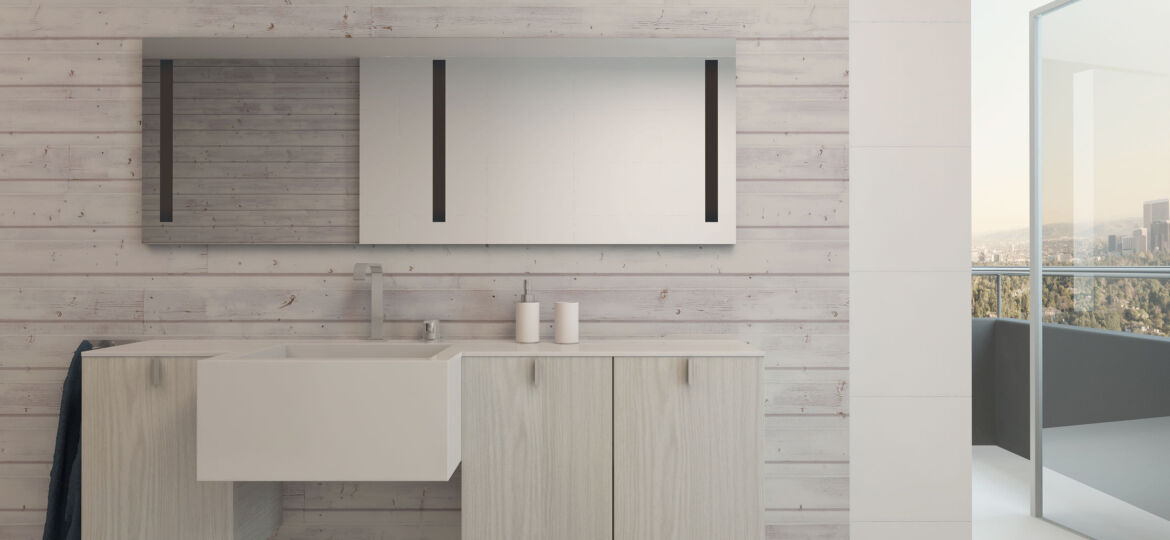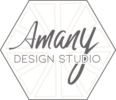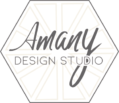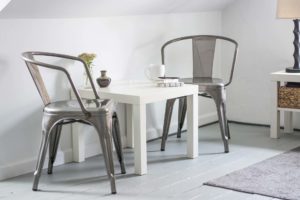
8 Key Points in Exploring the Process of Interior Home Design Studios
The process of creating a well-designed interior space that reflects your personality, lifestyle, and taste requires careful planning and execution. That is where interior home design studios come in. These studios specialize in transforming living spaces into beautiful, functional, and inviting places to live. In this article, we will explore the process of interior home design studios and how they can help bring your design ideas to life.
Initial Consultation
The first step in the interior design process is the initial consultation. During this stage, you will meet with your designer to discuss your vision for your space, your budget, and your timeline. Your designer will also ask you questions about your lifestyle and preferences to get a sense of your style and taste. This conversation is crucial, as it sets the foundation for the entire design process.
Conceptualization and Design Development
Once your designer has a good understanding of your needs and vision, they will start working on the conceptualization and design development stage. They will create a mood board, which is a visual representation of the design direction that they propose for your space. The mood board will include a color scheme, materials, textures, and furniture pieces that the designer feels will work well in your space. Once you approve the mood board, the designer will create a more detailed design plan.
Design Plan and Presentation
The design plan is a detailed proposal that outlines the design concept, furniture placement, and color scheme for your space. The designer will present the design plan to you, and you will have the opportunity to provide feedback and make changes to the proposal. Once you and the designer are in agreement, the next step is the implementation phase.
Implementation
During the implementation phase, the designer will order the furniture and materials, coordinate with contractors, and oversee the installation of the design plan. This process may take several weeks, depending on the scope of the project. The designer will keep you updated on the progress of the project and ensure that everything is going according to plan.
Budgeting and Timeline
Budgeting and timeline are crucial factors to consider during the interior design process. Your designer will work with you to create a realistic budget based on your needs, preferences, and scope of the project. They will also create a timeline that outlines each phase of the project and when it is expected to be completed. This will help you plan and prepare for the renovation process and ensure that everything stays on track.
Collaboration and Communication
Collaboration and communication are essential elements in the interior design process. Your designer will work closely with you to understand your needs and preferences, and ensure that your vision is brought to life. It’s essential to provide feedback and communicate openly with your designer throughout the process to ensure that everything is on track and meets your expectations. Good communication and collaboration will help ensure that the final product is a reflection of your personality, taste, and style.
Post-Design Support
Post-design support is an important aspect of the interior design process. After the project is complete, your designer will provide you with support and guidance on how to maintain your newly designed space. They may also offer tips on how to decorate the space or make changes as your needs and preferences evolve. This ongoing support ensures that your investment in your home continues to provide you with enjoyment and functionality for years to come.
The interior home design studio process involves several stages, from initial consultation to the final walkthrough. With the help of a professional designer, you can achieve a space that is beautiful, functional, and reflects your personality and style. By collaborating with your designer, communicating openly, and planning and budgeting effectively, you can ensure that the final product meets your expectations and provides you with enjoyment and functionality for years to come.


